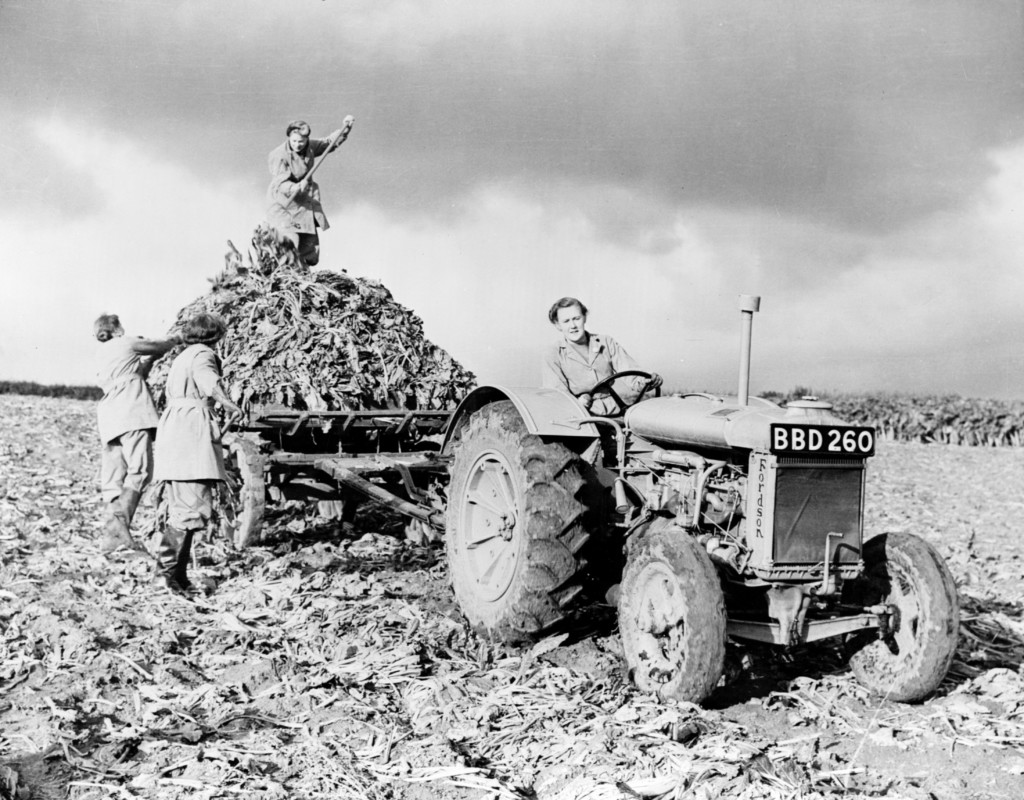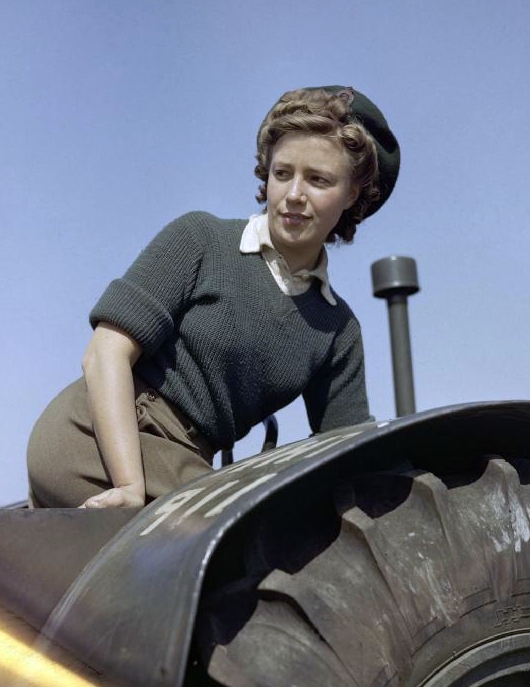The Women's Land Army of WWI and WWII
By on Aug 28th 2017
While troops were fighting in the air and on the land of foreign countries, groups of women worked on farmlands to replace them. These women played an important role during the war, and so many things might have been different if it weren’t for their hard work and service.
Upon discovering the BBC show Land Girls, I’ve been fascinated with the Women’s Land Army and all they’ve done during World Wars I and II. Some of the women serving in this television show had husbands who were off serving in the RAF, reflecting the reality during that time.
Here’s a look at the history and effects these women had on their country.
Women’s Land Army of WWI and WWII
The first Women’s Land Army (WLA) was formed in 1915 during the Great War. By the end of 1917, there were nearly 260,000 women working on farms and 23,000 working specifically within the WLA.
The idea for this organization came about when the need for land workers rose as men went away to fight for the country. With these workers gone, women were wanted to support the war effort and help with the production of food.

These women faced difficulties with those who weren’t keen on the idea of women working, and their uniform (of pants) was actually considered cross-dressing by many at the time. Still, they were much needed and the government worked to feminize these roles.
Most women serving in the WLA already lived in the country, but many came in from cities to help with efforts. The WLA was formed quickly during the onset of WWI. By the time WWII broke out, the WLA formed ahead of time in preparation for the reality of war.
There were over 80,000 members of the WLA by 1944, consisting of girls ages 17 years old and up. The women of Britain inspired a movement in America as well: The Woman's Land Army of America (WLAA) served from 1917-1919 during WWI, employing over 20,000 women across 42 states, and again from 1943 to 1947, employing close to 3.5 million workers, included farm laborers and non-laborers.
The WLA's Role in the War
During WWI and WWII, the best chance Germany had in winning the war was in starving Britain enough for them to surrender. This is where the WLA came into play.
Their work kept the farms running and food was produced essentially without interruption. This was at a time when Germany was attacking merchant ships that were bringing supplies to Britain. The WLA worked to produce food and rationing kept everyone well fed throughout the wars.
Because of these women's hard work—doing jobs that women didn’t traditionally do during their time—people were able to eat and live just a little easier during the war than if they didn’t join the WLA.
There were rules that members of the WLA were not to serve indoors with domestic work, but this wasn’t always the case. Some still performed domestic work, but a good amount worked on farms and performed tasks such as milking cows, threshing, tractor driving, drainage, and more. The WLA was officially disbanded in October of 1949.
The effects this had on women in the future can’t be ignored. Because of the work these women did to help feed their country during the war, people couldn’t ignore that women could, in fact, do jobs they thought only men could do.
Because of their work on land, while men were called away to fight, Britain was less dependent on outside suppliers of food during the wars.
Sources:
http://www.historylearningsite.co.uk/world-war-two/world-war-two-in-western-europe/britains-home-front-in-world-war-two/the-womens-land-army/ https://en.wikipedia.org/wiki/Women%27s_Land_Army
https://en.wikipedia.org/wiki/Woman%27s_Land_Army_of_America http://www.bbc.com/news/uk-wales-26238755








